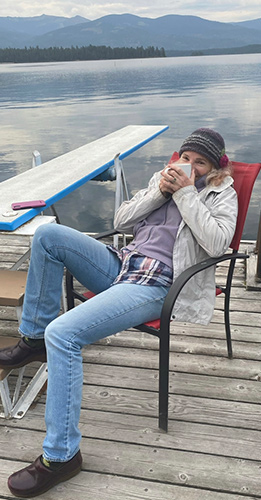Brazilian Butt Lift a.k.a. fat grafting to the buttocks is getting a lot of needed attention considering the comparatively high mortality rate of this procedure. Several surgical societies have come together to study these deaths and have come up with these following guidelines. Hopefully this procedure will become safer. I applaud those who did the heavy lifting and came up with these recommendations. If you or someone you love (or even don’t love) is thinking about this procedure, make sure their surgeon is aware of and compliant with these guidelines. A big booty isn’t worth dying for.
| Multi-Society Gluteal Fat Grafting Task Force issues safety advisory urging practitioners to reevaluate technique
Dear Colleagues, An Inter-Society Gluteal Fat Grafting Task Force** has analyzed deaths from gluteal fat injection (“Brazilian Butt Lift” or “BBL”) and offers the following advisory statement:  Not worth dying for. The death rate of approximately 1/3000 is the highest for any aesthetic procedure. In 2017, there were three deaths in the state of Florida alone. Every surgeon performing BBLs should immediately reevaluate his or her technique. Some patients have died when their surgeon said they had injected into the subcutaneous fat layer, but all autopsies of deceased BBL patients have had these findings in common: 1) fat in the gluteal muscles; 2) fat beneath the muscles; 3) damage to the superior or inferior gluteal vein; 4) massive fat emboli in the heart and/or lungs. No post mortem has yet shown a case of death with fat only in the subcutaneous space; this means that surgeons have injected more deeply than they had intended. The mechanism of death is presumed to be high pressure extravascular grafted fat entering the circulation via tears in the large gluteal veins with subsequent embolization to the heart and lungs. The task force, therefore, offers these suggestions*:
Research projects overseen by the task force and funded by The Plastic Surgery Foundation (PSF), Aesthetic Surgery Education and Research Foundation (ASERF) and International Society of Aesthetic Plastic Surgery (ISAPS) are underway. They will correlate deep and topographical anatomy, define danger zones, and try to understand the mechanism of embolization. The ability to safely perform this procedure in the future is dependent upon this research. Members of the task force have also assisted coroners during autopsies, and this has provided invaluable safety information. If you become aware of a fatality, immediately contact the task force co-chairs care of Keith Hume, executive director of The PSF, at khume@plasticsurgery.org. Your societies will keep you updated with all developments. Sincerely,
Thanks for reading and did you know that skating (roller, ice or skis) can really build up your gluteal muscles? Just check out the Olympic skaters and skier this winter! Dr. Lisa Lynn Sowder
|



 @lisalynnsowder
@lisalynnsowder
